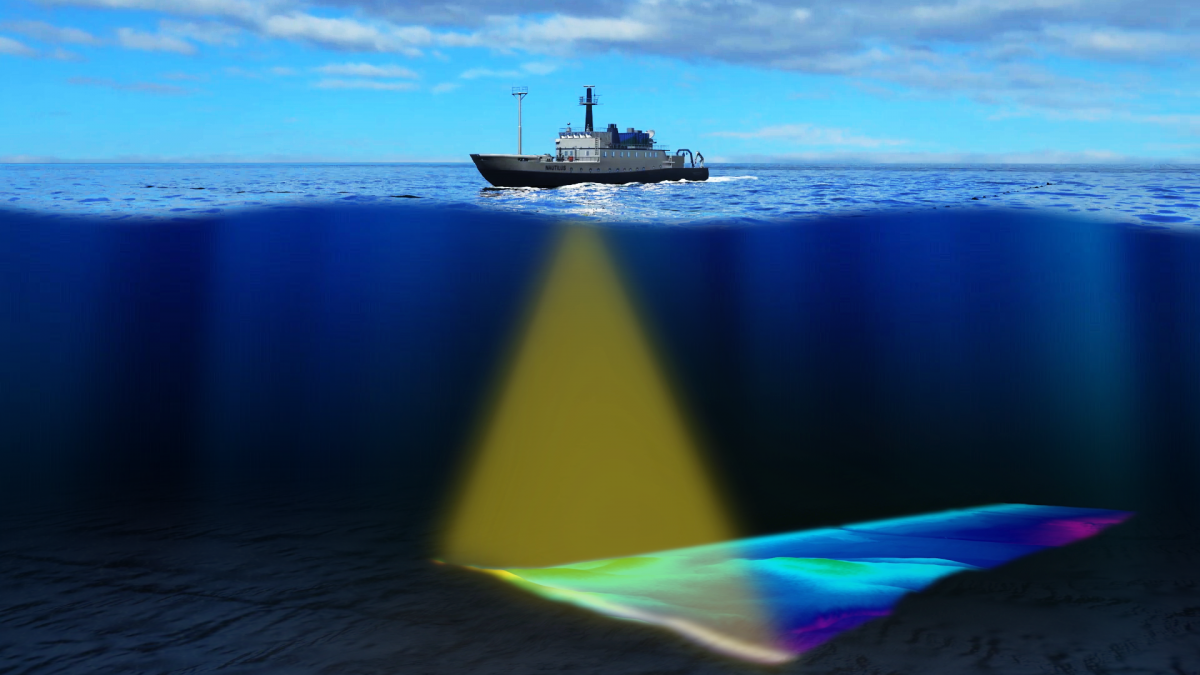ASTM F2464 Sonar Dome Material Acoustic Testing
The ASTM F2464 standard is specifically designed to evaluate the acoustic properties of materials intended for use in sonar domes. These materials play a crucial role in ensuring that sonar systems function accurately and reliably underwater, where sound propagation differs significantly from air or land environments.
Understanding these differences is essential because the acoustic performance of a sonar dome directly impacts its ability to detect, classify, and track targets. The ASTM F2464 test measures how effectively materials can transmit and reflect sound waves, which are critical for the operation of active and passive sonar systems.
The testing process involves subjecting the material samples to a series of controlled acoustic stimuli in an underwater environment. This allows researchers and engineers to assess the material's ability to maintain structural integrity while also performing its primary function: transmitting and reflecting sound accurately under water pressure.
Materials used for sonar domes must withstand harsh environmental conditions, including high pressures, corrosive saltwater, and varying temperatures. The ASTM F2464 test ensures that the chosen materials meet these stringent requirements by evaluating their acoustic impedance, attenuation, and reflection coefficients.
The results of this testing are used to select the most suitable material for a sonar dome’s specific application. This process is vital because even minor imperfections in the material could lead to significant errors in sonar data interpretation. The test also helps manufacturers optimize their production processes by identifying any flaws or inconsistencies that need addressing.
Given the critical nature of sonar technology in military and commercial applications, ensuring that materials meet the high standards outlined in ASTM F2464 is imperative. This testing not only enhances safety but also improves operational efficiency and reduces maintenance costs over time.
Scope and Methodology
| Aspect | Description |
|---|---|
| Test Environment | The testing is conducted in a controlled underwater environment to simulate real-world conditions. |
| Materials Tested | This includes polyurethane foams, rubber compounds, and other materials commonly used for sonar domes. |
| Acoustic Stimuli | The test employs a range of frequencies to evaluate the material's response across different wavelengths. |
| Data Collection | Advanced hydrophones and pressure sensors are used to measure acoustic properties accurately. |
| Aspect | Description |
|---|---|
| Standard Conditions | The test is conducted at standard temperature and pressure to ensure consistent results. |
| Data Analysis | Results are analyzed using statistical methods to determine compliance with ASTM F2464 criteria. |
| Repeatability | The test is designed to be repeatable, allowing for consistent results across multiple trials. |
| Acceptance Criteria | Materials must meet specific attenuation and reflection coefficient thresholds to pass the test. |
Benefits
- Identify materials that perform optimally in underwater conditions.
- Ensure compliance with international standards for sonar dome components.
- Optimize production processes to minimize defects and improve product quality.
- Evaluate the durability and reliability of materials under extreme water pressure and corrosive environments.
- Achieve accurate and reliable data from sonar systems, enhancing operational effectiveness.
- Reduce maintenance costs by selecting robust materials that last longer in harsh conditions.
Quality and Reliability Assurance
To ensure the highest quality and reliability of testing results, we implement several key practices:
- Use of certified hydrophones and pressure sensors.
- Data validation through independent verification processes.
- Regular calibration of test equipment to maintain accuracy.
- Adherence to ISO 9001 quality management standards.
- Precision in sample preparation according to ASTM F2464 specifications.





